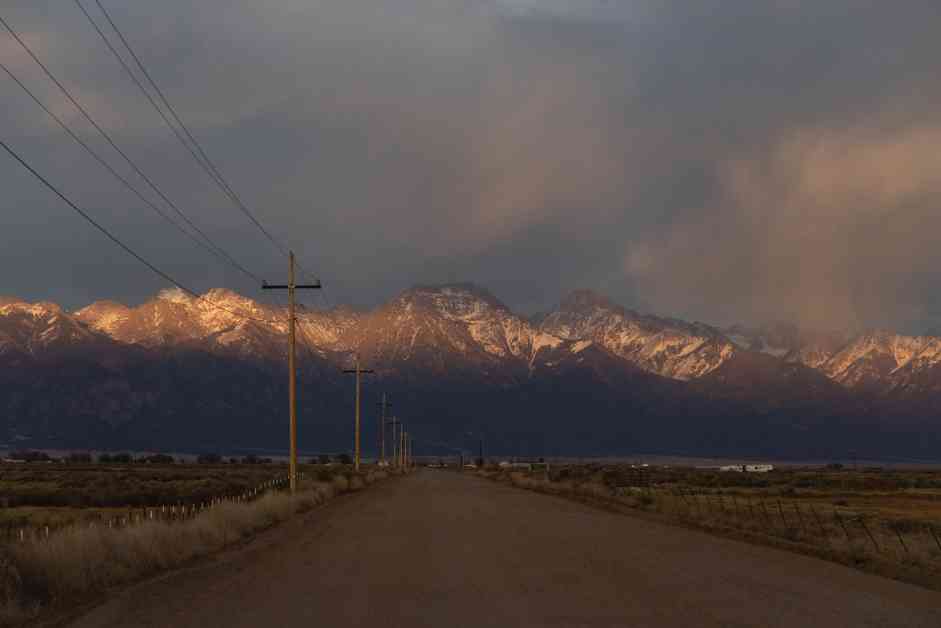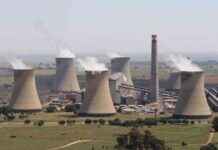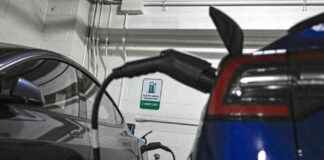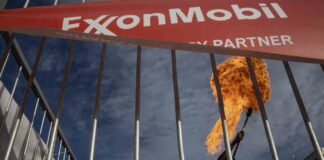Eric Eriksen is like the superhero of southern Colorado, putting in crazy hours to make sure everyone has electricity. As the big boss at the San Luis Valley Rural Electric Cooperative, Eriksen leads a bunch of folks who provide power to over 7,500 people in the Rocky Mountains. That’s a lot of ground to cover for a small group, right?
When Eriksen took over back in 2023, the crew at the co-op was like, “Yo, we need to get in on all this cash the government is handing out.” So, they busted their butts filling out these mega-long grant applications, like 150 to 200 pages long. Speed was key, and they had to be on point. Even then, they were still thinking, “Eh, we might not even get this money.”
But guess what? They scored big time! The co-op got a sweet $1.7 million from the U.S. Department of Agriculture in January 2025 to build two solar farms that can pump out 1 megawatt each. (Just so you know, the co-op’s power needs peak at 70 megawatts, and they already have a 3 MW solar farm.) But then, out of nowhere, Trump comes in with an executive order freezing a bunch of climate and energy funding. As of now, there’s still billions of dollars hanging out in D.C., waiting to be let loose.
The folks who get their power from the co-op actually own the place and pick the peeps who run it. Co-ops usually have older stuff than the big companies, use less clean energy, and have less cash for big projects.
To help out, the Department of Agriculture launched these new programs with the 2022 Inflation Reduction Act, dropping the biggest chunk of change on rural electricity since forever. The $9.7 billion Empowering Rural America, a.k.a. New ERA, and the $1 billion Powering Affordable Clean Energy, or PACE, were all about giving out cash and loans to co-ops and other energy crews to build new clean energy stuff and upgrade their gear.
One USDA big shot named Andy Berke was all, “Yo, these co-ops are like the heart of what’s going on in a community. They gotta do well so rural America can boom.” At the end of Biden’s term, the USDA hooked up 49 co-ops with New ERA money to do all kinds of projects, from wind and solar to battery storage and upgrading the grid.
Then, in March, the USDA was like, “Okay, we’re going to drop that cash we promised. But there’s a catch.” They wanted the winners to change up their plans within 30 days, getting rid of all the climate stuff from the Biden era. It’s optional, but if they didn’t want to change, they could ask for the money anyway.
The USDA didn’t chat with anyone from High Country News about it, but the co-ops are feeling pretty good that they’ll get that dough eventually.
The IRA has been a rollercoaster, with the Trump team freezing a bunch of cash at first. But now, they’re letting some of it go. There’s money for clean energy projects, solar funding, and a whole lot more still up in the air.
The San Luis Valley is all about farming, and it costs a pretty penny to keep the lights on for co-op members spread out over 2,800 miles. With the sun doing its thing, the New ERA project could save the co-op $200,000 a year. That’s like major moolah that could make a real difference for folks.
Colorado is all about these co-ops that started popping up in the 1930s and ’40s to help out rural areas that the big companies didn’t care about. Now, with new laws saying they gotta cut emissions, co-ops are under pressure to switch to clean energy. Ten co-ops in Colorado got a fat check from New ERA and PACE to help them do just that.
It’s a big moment for the clean energy game, and co-op peeps like Ted Compton are pumped. His crew scored $13.4 million to build solar and battery storage, thanks to PACE. Few co-ops make all their own power, usually relying on bigger companies. One of those, Tri-State, is looking to add more renewable energy with their New ERA cash.
Some experts are side-eyeing the Trump team for trying to hold onto that cash. They’re saying only Congress can control the money, and messing with the funds is a no-no. The co-ops are itching to get started on their solar project, but they can’t move until they know the money is coming.
“We’re hanging tight, waiting for the green light before we make moves,” Eriksen said.














